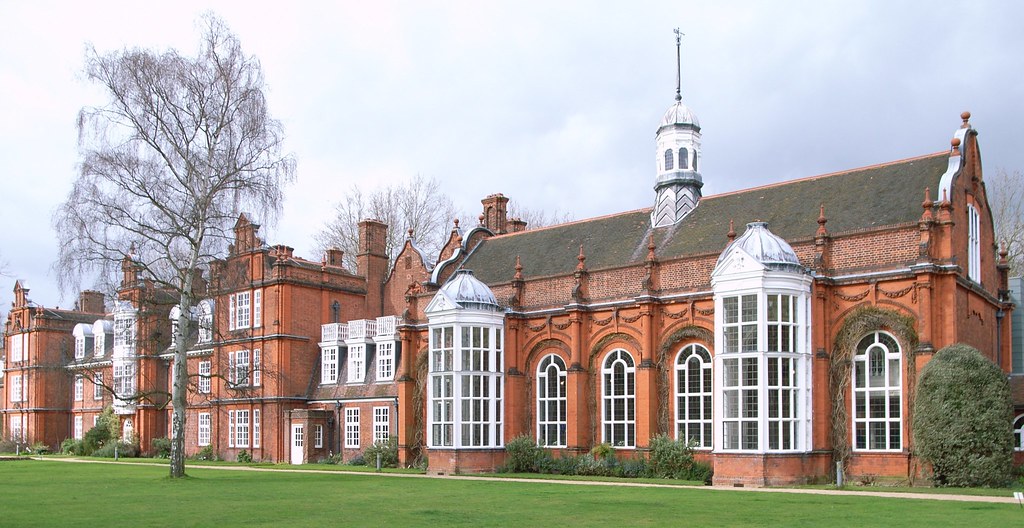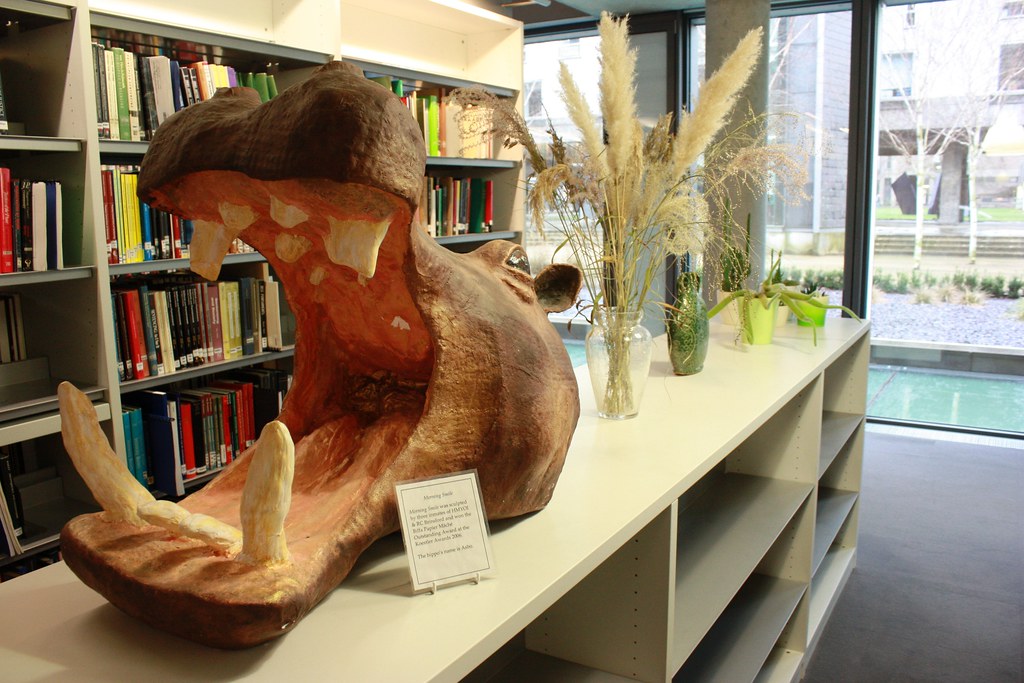I joined the Cambridge Library Group too late for last month’s visit the University Library Maps department tour and then noted, with trepidation, that the first meeting I could attend was the AGM with an accompanying talk on restructuring the Cambridgeshire Libraries and Archives service. Good grief, what had I let myself in for. Thoughts of previous interminable AGMs crossed my mind, but within minutes, and as I settled into a cup of wine and a llama biscuit, I realised this group knows how to do things.
In actuality the AGM was breezy and brief (just how they should be) with lovely refreshments and being new to both Cambridge and libraries it was largely an opportunity for me to chat with some interesting people. Within ten minutes of arriving I had already been signed up to cover the events of the evening for this blog. The AGM completed, we swapped rooms for Sue Williamson’s talk: “Cambridgeshire Libraries, Archives and Information Service 2010-11: an examination of a root and branch library restructure”. Sue is the Libraries Operation Manager for Cambridgeshire and was well placed to guide us through their approach to the very important, sometimes painful, process of dealing with the financial reality that many of us find ourselves in these days.
 |
| Photograph by Annie Johnson |
In Austerity Land it is inevitable that to some degree or another cut backs will be asked for, economies will need to be made. Often small trimmings can be made here or there, maybe a few people might retire, perhaps a few posts might not be filled, but when the cut in budget that you are asked to make nears 50% small measures cease to make any sense. It is then that two dreaded terms appear; restructure and streamlining. So often these can lead to loss of services, loss of expertise and a bad deal for the library user.
Sue’s talk covered in fascinating detail the progress that was made in Cambridgeshire in a relatively short span of a year and a half. The changes here show that with proper project management, clear aims and a commitment to two-way communication with users, restructure can actually result in a more joined up service for library users and a more efficient administration behind the scenes. In a telling note at the end of her talk Sue said that at one point there was a very real chance of thirteen of the counties libraries closing, in the end none did.
As the title implied, the restructure really did seem to touch every level of staffing, from senior management to one hour a week, small contracts. However, the key seems to have been that they took a phased approach to this and had a rationalised structure to move into. In some areas new frontline permanent posts were actually created by cutting down on temporary contracts.
Services were maintained, but obviously affected by the restructuring, but again it seems that they were able to review and rationalise aspects of the delivery. Using management information and consultations with local communities, the library opening hours were reviewed and a standardised approach was created, enabling libraries to stay open when their users need them. Mobile libraries were cut from 7 to 4, with a reduced frequency of stops, but all the stops were maintained. New approaches to library stock rotation and its distribution amongst Library Access Points were also implemented.
There was more detail in the talk than I could possibly cover in this article. Hopefully some of these examples illustrate the points that Sue was making. Sue ended the talk looking to the future and what was yet to be achieved and this was encouraging in what it revealed about their approach:
“We have provided a base core offer that we can afford… and opportunity for communities to take this and build it with us”.
Let’s hope that there are better financial times around the corner for libraries and if that is the case then it seems that Cambridgeshire have a rational, stable core around which can be built the services and delivery that users need and want there to be. I look forward to seeing them grow.
By Tom Sykes, Graduate Trainee at the Classics Faculty Library











